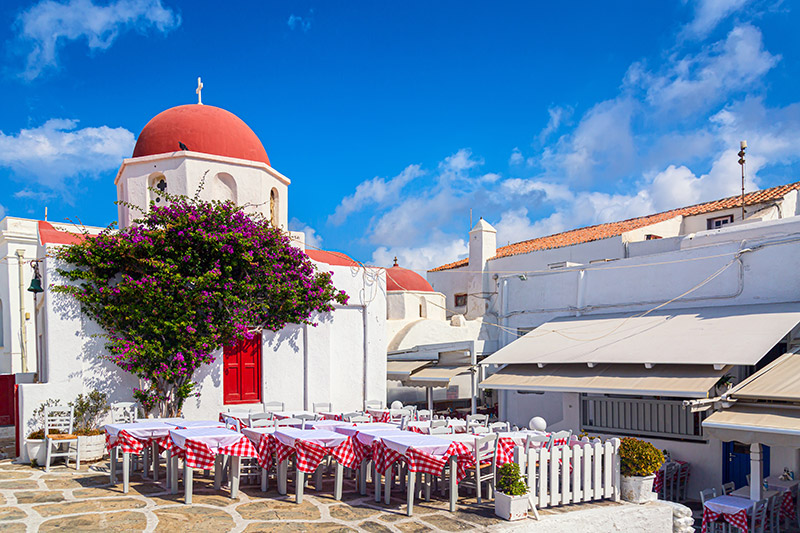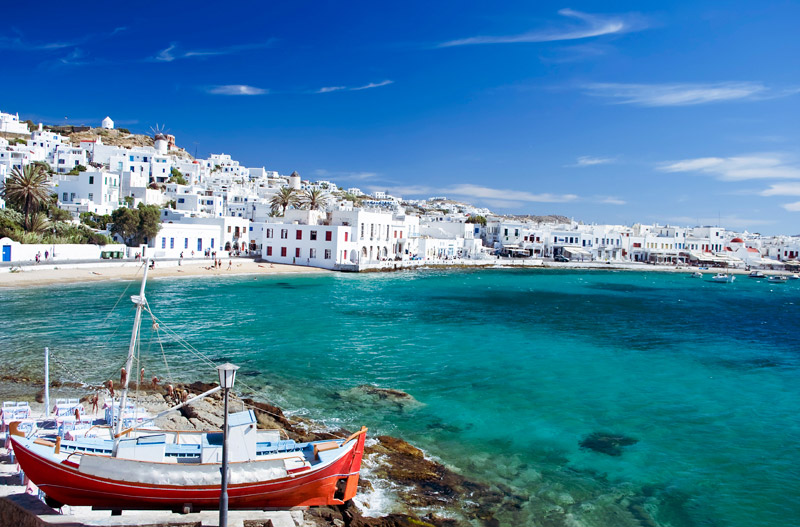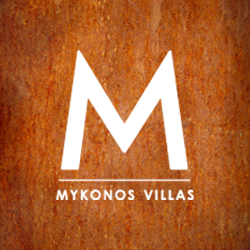Forget about strict religious teachings and dogmas, as the Greek Easter is one of the most beautiful ways in the Mediterranean to celebrate life over death and rejoice nature’s awakening after the winter silence!
In 2024, Orthodox Easter Sunday falls on the 2nd of May, marking at the same time the official opening of the “early birds” summer season. In Mykonos, for instance, it is the perfect time for beach bars to set up their luxurious sunbeds on the golden sand and turn the music on for the first seaside parties. While the first international flights have been landing on the island since the end of March, by May the weather is at its best: hot enough for all-day swimming, yet pleasantly fresh in the evening for dining out at the taverns around the old port!
Also known as “Pascha,” Greek Easter follows that of the Protestants and Catholics, as its date is calculated based on the ancient Julian calendar instead of the modern Gregorian. For the millions of church believers in Greece, the rituals begin forty days before Easter, marked by a long Lent that lasts until Easter day. On this day, they celebrate the resurrection of Jesus Christ with various festivities, including a rich family lunch with roasted lamb, homemade onion pies, fresh salads, red eggs, and the traditional “magiritsa” soup from the night before, made of lamb liver, meat and herbs.
In Mykonos, as Lent begins, a holy icon from the Panagia Tourliani Monastery in Ano Mera, the island’s only large village, is transported to a church in Mykonos Town (Chora), where it is respectfully displayed until the Saturday before Palm Sunday. It is then brought back to the Monastery.
In the meantime, all the bakeries will be busy preparing the “lazarakia”, pastries shaped like small men and coated with sugar, as well as the “lambrokouloures”, the traditional Easter bread decorated with a red egg. Painting the eggs red is a custom that has held strong for many centuries, as the eggs symbolize Jesus’ tomb, and cracking them signifies his resurrection.
During the weeks before Easter, the atmosphere of the island is quiet, almost spiritual, as locals hurry to prepare everything according to holy tradition. You will see them gathering in churches, lighting candles, and singing Easter hymns, paying their respects to the significance of this special time of year. It’s a much different vibe compared to the summer frenzy; and yet, Mykonos is more beautiful than ever, inviting you to immerse yourself in the unique ambiance created by human faith and awakened nature, including the glittering, sun-washed azure blue Aegean Sea.
So, if you want to experience the magic of tradition brought to life, simply book your flight and pack!







